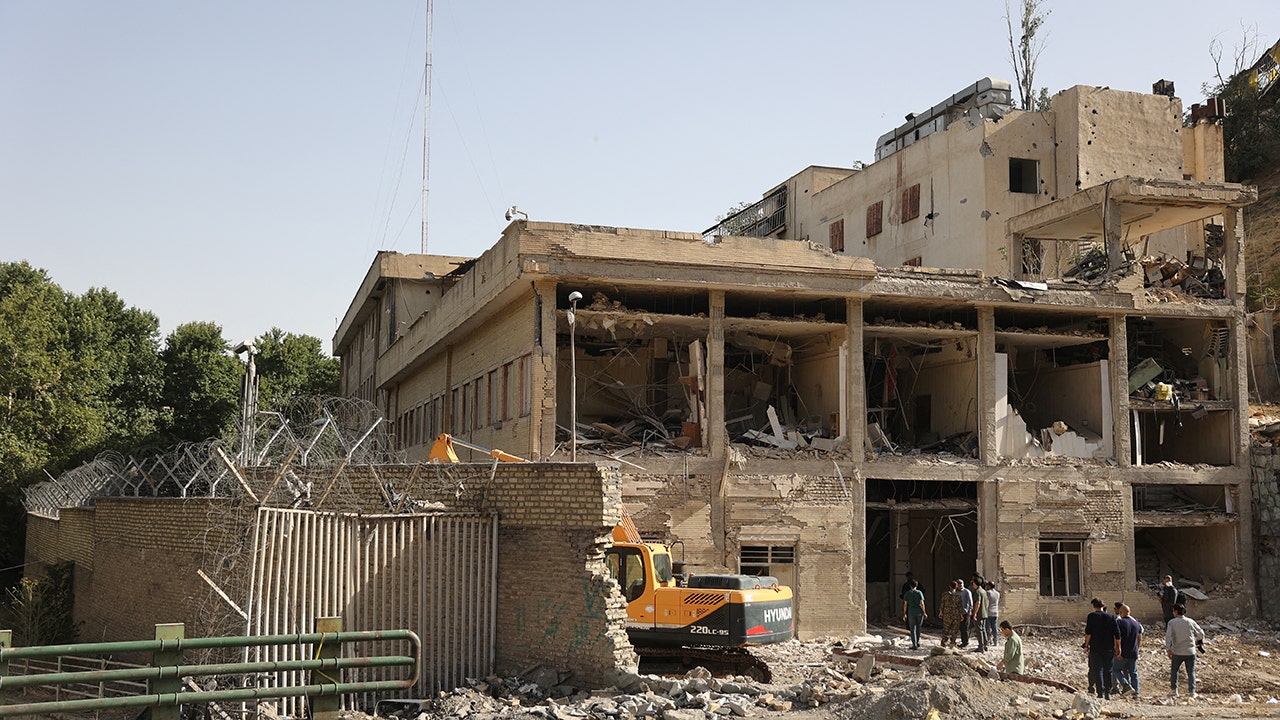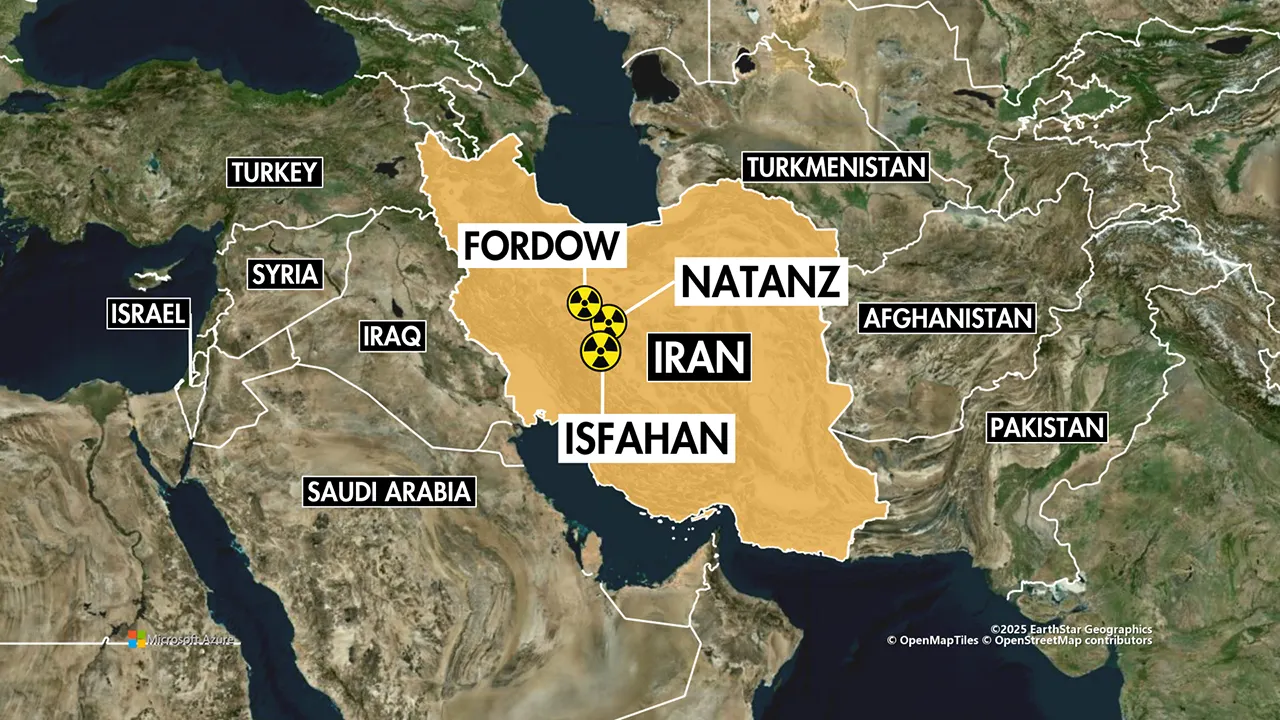NATO conducts Baltic Sea war games amid rising tensions with Russia

NATO navies are currently showcasing their maritime strength in the Baltic Sea with a series of war games involving 50 vessels and thousands of personnel from 17 countries. Led by the U.S. Navy’s 6th Fleet, the exercises aim to demonstrate the Alliance’s resolve and adaptability in the face of growing concerns about Russia’s influence in the region.
The Baltic Sea, home to nine countries, only one of which is not a NATO member (Russia), has seen a rise in tensions over the past year. There have been incidents of severed undersea cables, suspected to be the work of Russia’s “ghost” or “shadow” ships. These aging vessels, often oil tankers flying under foreign flags, are believed to be used for illicit activities such as circumventing sanctions, trading in military hardware, and even sabotage of undersea infrastructure.
Experts like Tony Lawrence from the International Centre for Defence and Security in Estonia warn of the growing importance of Russia’s shadow fleet to its wartime economy. NATO navies have responded by adopting stop-and-search tactics, prompting Russia to announce the use of its navy to escort the fleet through the Baltic Sea.
As tensions escalate, NATO governments are closely monitoring the situation. Danish Prime Minister Mette Frederiksen described the Russian threat in the Baltic Sea region as real and serious. The narrow waterways, valuable fishing grounds, and busy shipping lanes in the Baltic Sea increase the risk of miscalculations and potential conflict.
Despite Russia’s efforts to protect its shadow fleet, doubts remain about the capacity of its navy to escort every ship effectively. The ongoing war games serve as a reminder of NATO’s combined naval power in the region. Smaller navies, like Estonia’s, have attempted to inspect suspected shadow fleet ships, with varying degrees of success.
As the situation unfolds, NATO nations are expected to continue challenging the shadow fleet and exploring new tactics to prevent their illicit activities in the Baltic Sea. The presence of American warships in the region provides reassurance to allies and sends a clear message to Russia about NATO’s commitment to defending the area.
In conclusion, the Baltic Sea remains a hotspot of tension and competition between NATO and Russia, with both sides vying for control and influence in the region. The ongoing war games and naval exercises serve as a visible demonstration of NATO’s strength and determination to protect its interests in the Baltic Sea.




